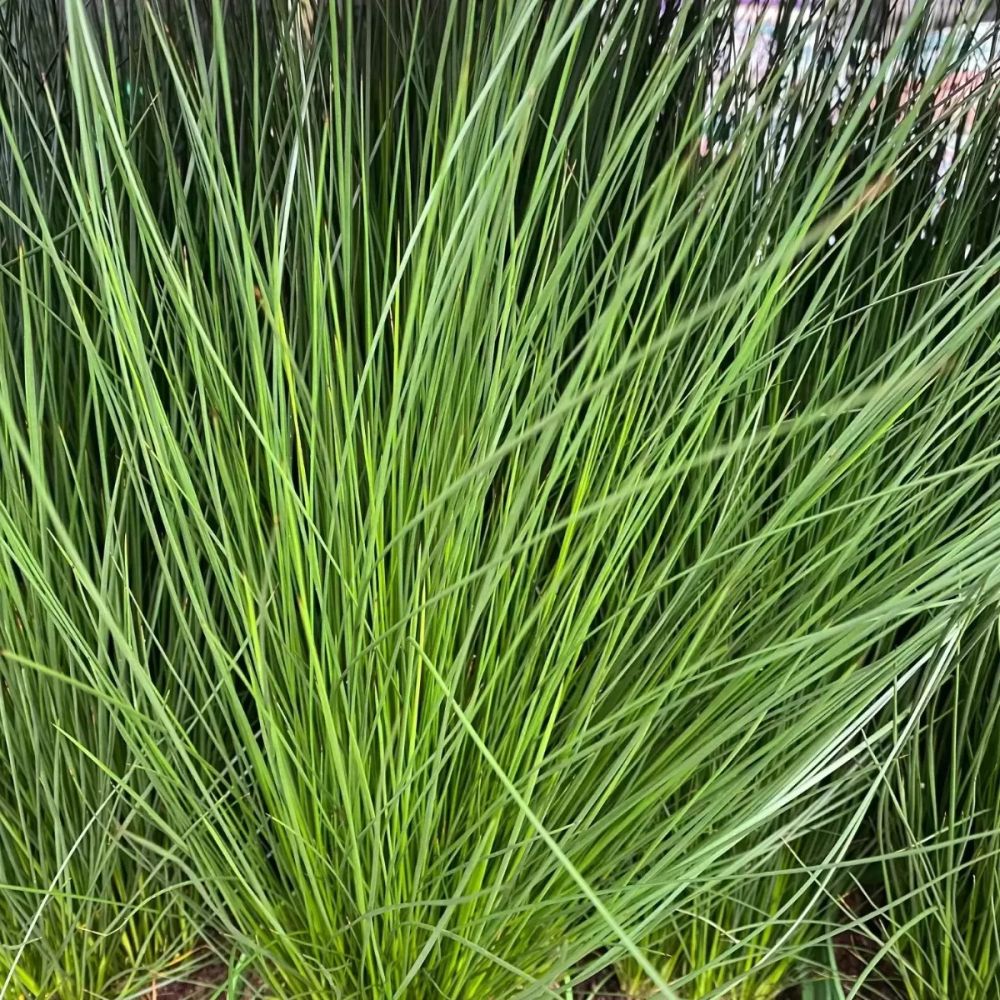Overview: Popularly known as Pencil Grass, Juncus effusus is one of those aquatic plants that aquarists look forward to keeping in their tanks. The slender and grass-like appearance of the plant is what makes it different from the rest. In the wild, Juncus effusus is also called a 'soft rush' due to its typical look. In aquariums, this plant is valued for its delicate, tall structure that complements and contrasts well with other aquatic plants. The slender look gives it a unique, vertical element to aquascapes and adds texture to it. Planting it with bushy and broad-leaved plants makes the tank look more interesting. This plant is ideal for aquariums with low to moderate care requirements, making it suitable for beginners and experienced aquarists alike.
Appearance: As the name indicates, Juncus effusus features a long, slender, and pencil-like stem. Often, this plant grows in tight clumping arrangement. The stem is bright green and resembles grass or reeds. Regarding length, Juncus effusus may attain 12 to 24 inches in height but may grow even taller under the right water conditions. The stems are soft to the touch and exhibit a fine, delicate structure that sways gently in the current, adding dynamic movement to an aquarium. It lacks leaves or other broad, flat foliage, making it look more like a group of small, upright "needles."
Hard/soft plant: Juncus effusus is considered a soft plant whose stem are flexible and delicate. While it is not a fragile plant, gentle handling is a must, especially during trimming and planting.
Ideal water temperature: The most suitable temperature for Juncus effusus to thrive is between 20 and 25 degrees Celsius. It can tolerate slightly cooler water, down to about 15°C, though growth might slow in cooler conditions. Likewise, exposing plant to higher temperature can put it under stress and inhibit its growth. Therefore, it is important to maintain proper temperature range for the best result.
Lighting condition: Juncus effusus' Pencil Grass' thrives under moderate lighting conditions. While it can tolerate lower light levels, its growth may slow, and it may appear leggier, with more sparse stems. Under low light, the plant may not grow as densely or exhibit its best appearance.
Ideal pH Level: The ideal pH level for Juncus effusus to thrive is between 6 to 7.5. It can tolerate a wider pH range, that is, from 5.5 to 8.0, but it will grow best within this optimal range. While in more acidic conditions, the plant will grow slightly more slowly but can still survive, in higher pH levels, it may show slower growth or less vibrancy in color.
Other Requirements: the water hardness needs to be between 3 and 12 dGH for Juncus effusus to thrive. Regarding substrate, try to include nutrient rich soil, fine gravel or sand for the best result. Adding root tabs or water fertilizers will also help.
Propagation: One can propagate Juncus effusus through division. As the plant matures, it produces offshoots at the base that can be separated carefully, preferably using a sharp knife and planted as a new plant.
Do you know: This plant is a great choice for aquascaping enthusiasts who want to add a unique, vertical accent while maintaining relatively low-maintenance care requirements. Its adaptability to a range of water conditions and simple propagation method makes it a versatile and popular choice in the aquarium hobby.
















